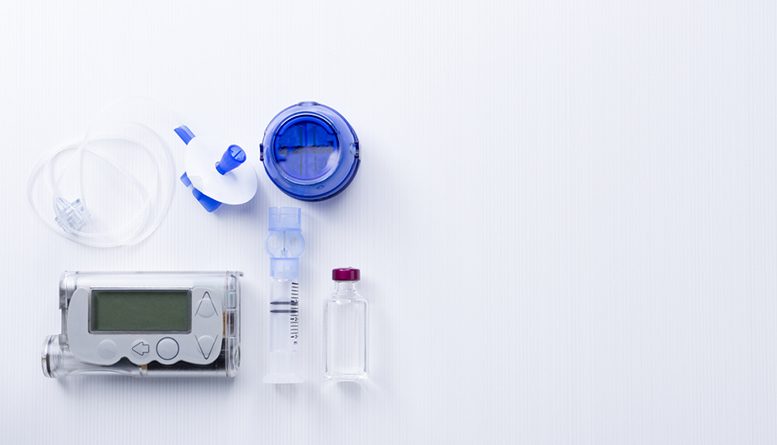While diabetes is entirely controllable, handling numerous injections every day can be tiresome. An pump can be an excellent alternative to administering injections the regular way. If you want to find out whether an pump is a good option for you, keep reading and then consult with your doctor.
An Pump
An pump is a little electronic gadget that can be set to provide personalized doses. An pump is able to deliver your required dosage straight into the bloodstream, saving you the hassle of having to keep your supplies on your person at all times.
Although this nifty pump eliminates the need to continually have your diabetes supplies on you by enabling the administration of preset injections, it isn’t entirely automated. Users of pumps still need to watch their glucose level and have a diabetes-friendly diet to maintain an ideal level.
Understanding How An Pump Works
Though pumps are not exactly a substitute for the pancreas, they do work to secrete into your body depending on your specific needs. Your healthcare team can guide you in choosing and setting up the optimal administration plan for your particular case.
Basal administration continually delivers a regular dosage, which works to maintain your glucose level in a recommended range on a daily basis. A bolus administration, on the other hand, delivers a flow of when it is time for you to have a meal, which is used for your carbohydrate intake. You can either schedule this form of delivery or administer it when required by using the button found on your pump. This form of delivery supplies you with the needed to break down your intake of carbohydrates.
Finally, an additional dosage can be administered should you need it over the course of a day. Your healthcare provider can assist you in understanding how and when to resort to the use of an additional dose.
Maintenance of An Pump
Besides setting up your pump to meet your particular needs, you also need to keep up with the maintenance of the pump and point of injection. The pump’s reserve needs to be restored with new to continue scheduled administration. Furthermore, you must clean and replace the site of injection every two days to prevent infections.
Cost of An Pump
Without a comprehensive insurance policy, pumps typically cost an amount in the range of $4500 to $6500. Depending on your insurance policy, the range of cost is usually between $5 to $3250. Besides the expenses of the pump itself, patients are also responsible for the cost of additional supplies like stock, replacement needles and catheters, and infusion sets.
Featured Image: Depositphotos/© Click_and_Photo
Posted on March 24, 2023



